Posted by:
ratsnakehaven
at Wed Dec 23 12:34:32 2009 [ Email Message ] [ Show All Posts by ratsnakehaven ]
Even though the taxonomy is still much up in the air, Pantherophis (Elaphe) emoryi (guttatus), is extremely variable. I understand why some think too much is made of the "locality" notion, because of various reasons, but locality is important to some of us. Mostly it's important to me (with some snakes), because it gives me much more info about the snake and because I'm looking for certain specific qualities in the snake. However, having a "locality" label is no guarantee of anything. You must have faith in the dealer; have knowledge of the snake, so you know what you're looking at; and the snake must meet your approval as to what it looks and behaves like, etc, otherwise you need to catch your own. I can tell you reputation means a lot in this business as in most.
I'm going to discuss and show pics of thornscrub ratsnakes (Southern Great Plains), Pantherophis emoryi (guttatus) meahllmorum, because that's my favorite subspecies of Emory's ratsnake, and because they are so variable, making the localities important to me.
This first series of three is of a male Brazos Island ratsnake that I got back in 2000...
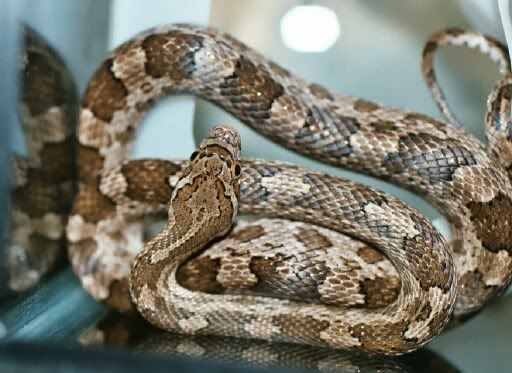
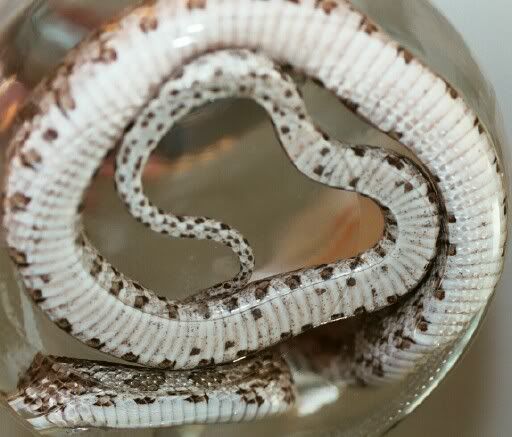
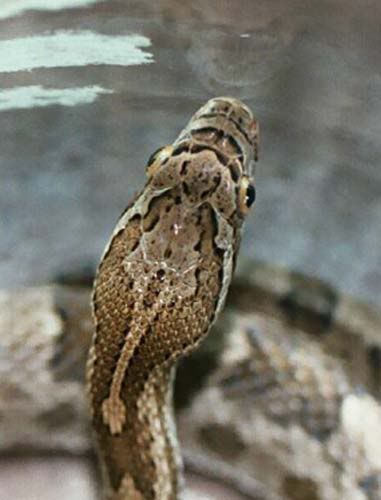
Notice that the ventrum has little markings on it. Also the head is slightly elongated with pointy snout and somewhat bulging eyes. There is also some variation in the number and shape of dorsal blotches in this form.
This next Brazos Island male I got in 2003 and is still a breeder of mine...
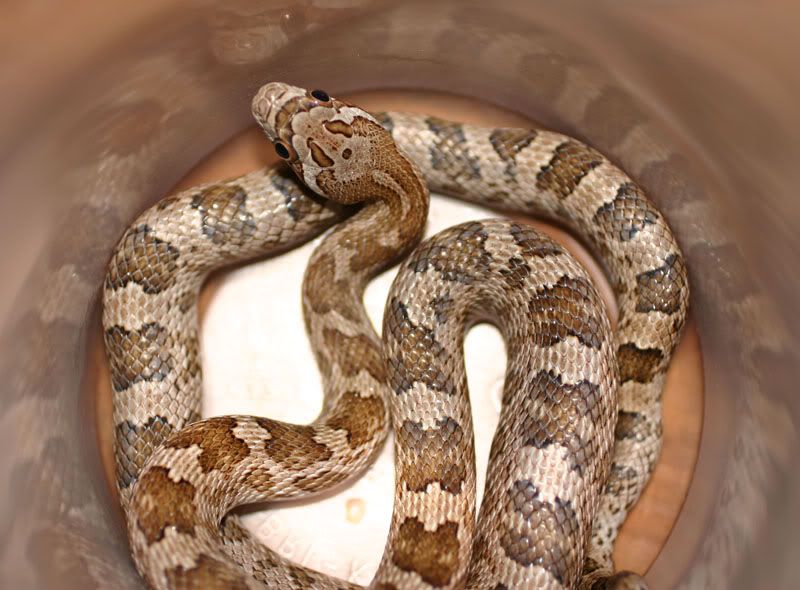
Here is his mate...
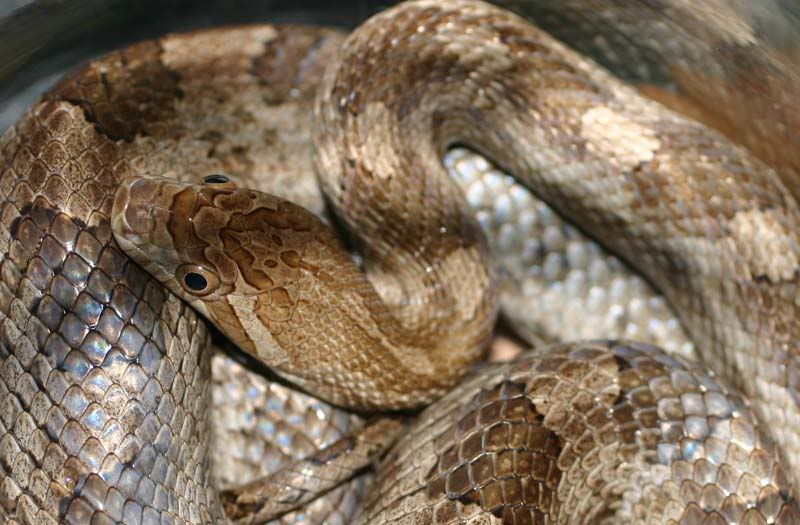
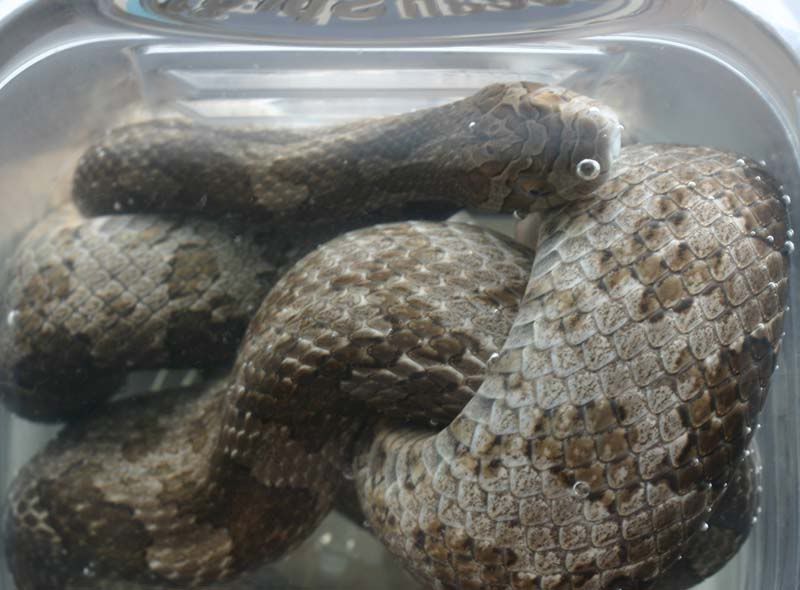
They both like to soak in water. I attribute that to the fact that they are somewhat isolated in a dunes area and use the available water to keep from dehydrating in the wild. This behavior seems to be unique to the B. I. form, so far, compared to the other meahllmorum.
Next is a very dark one from Brazos Island stock...
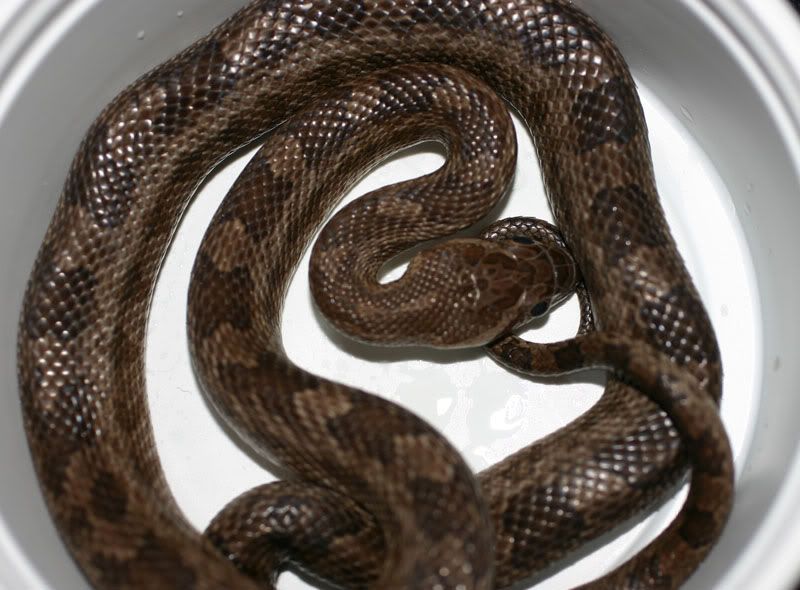
Even in this one location there can be a lot of variation in color/pattern. But some things stay the same. This is one of the largest Emory's rats, along with ones from Nueces and other counties in coastal southern TX.
Here's a meahllmorum from La Salle county, TX, another form that I keep and plan to breed...
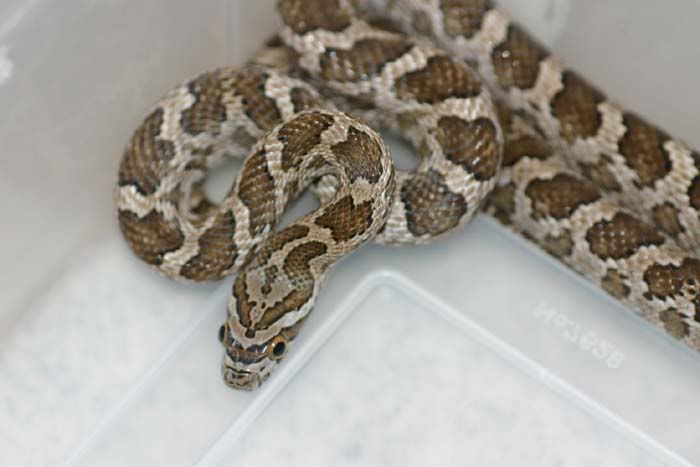
There are some differences from thornscrubs from other TX counties, both in pattern/color and behavior.
This last one is from Duval County, TX, and I've showed it before. She shows some striping, but otherwise is more like the La Salle County snakes than the Brazos Island snakes...
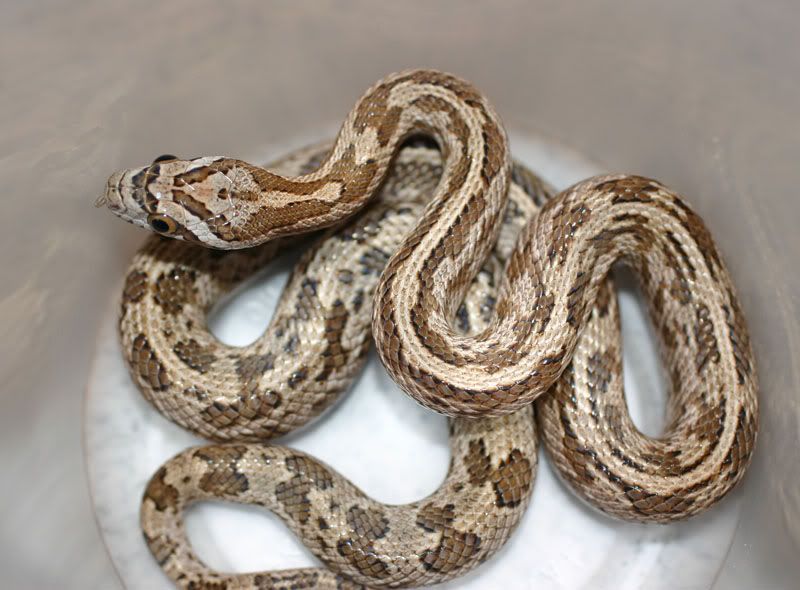
I know the striped pattern can show up in other areas, but this locality does tend towards having aberrant patterns.
All in all, there is a lot of variety in this subspecies. Heck, this ssps isn't even recognized by many herpers, and is included in Pantherophis emoryi (guttatus) as one all-inclusive species. The zone of intergradation bt. P. e. meahllmorum and P. e. emoryi is huge. Many of these intergrades look like some generic form. The snakes from West Texas are very nice, some considered emoryi and some intergrades. There is also the form from the Utah/Colorado plateau area. I would consider this form a subspecies of P. emoryi too.
My point has been that, because of all the variation, different localities can produce some pretty unique snakes, and some worth keeping pure. With some snakes, such as the corn snake, I don't think crossing matters, because some very nice color/pattern morphs are produced which need no locality for me. However, there are also some unique corn snakes, such as certain Keys forms that I would like to see stay unique. So in summary, each of us has a point, and there should be enough to go around for everyone.
Happy Holidays...TC
-----
Conserving reptiles by helping to protect habitat...
www.ratsnakehaven.com
www.scenicsantaritas.org
[ Show Entire Thread ]
|





